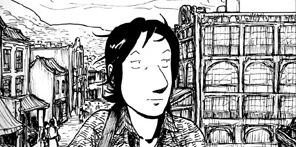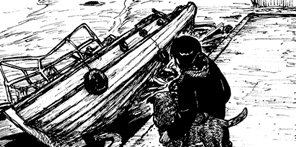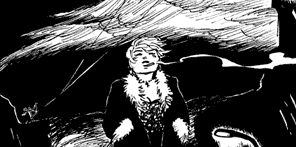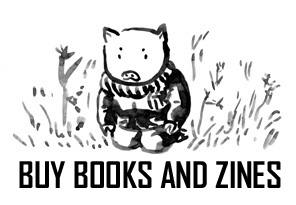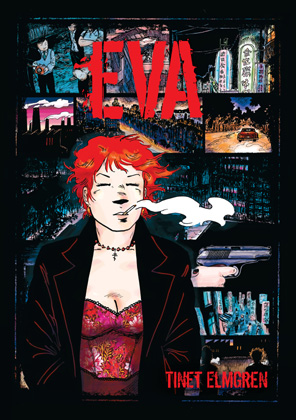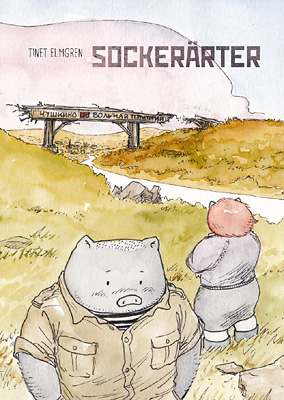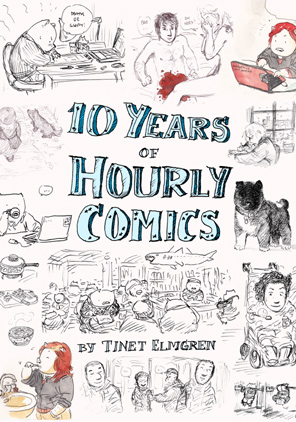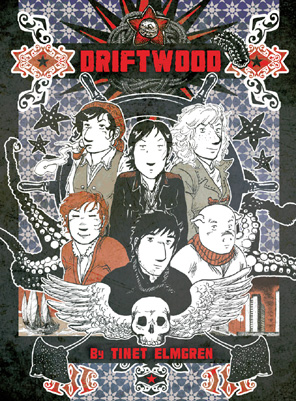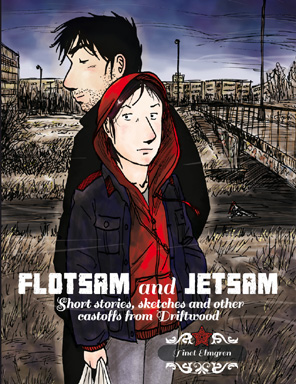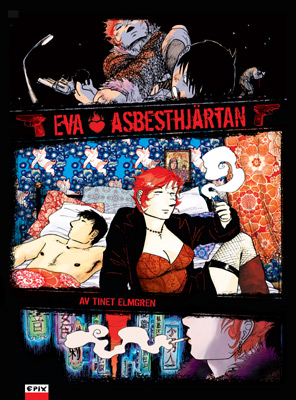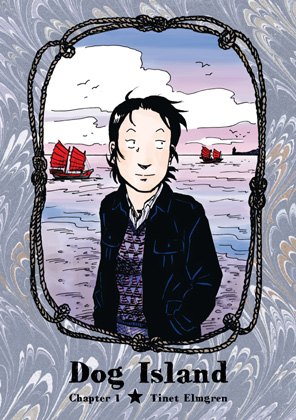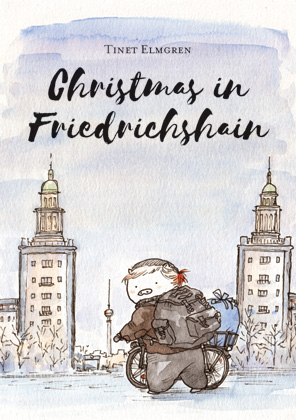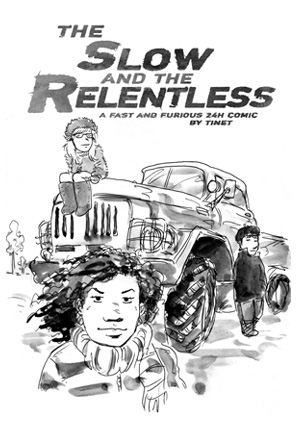Drawings – child pornography or not? As of today, it’s slightly less arbitrary in Sweden.
Remember the case with the Swedish comics expert who was charged with possession of child pornography in 2010? He was sentenced to fines in the two lower instances – the District court and the Court of appeal – and appealed both times, but today we got the news that the Supreme court has acquitted him.
The Supreme court still signals that the law as it is written today is okay. It deemed that 38 of the 39 allegedly pornographic drawings were in fact not child pornography, “since they are fantasy characters that cannot be mistaken for real children”. But the Supreme court still thought that one of the drawings is child pornography, because it was “realistic” (or “reality-like” – the Swedish word is a bit more ‘real’ than the English word) – however, it deemed that his possession of this drawing was defensible, since he is an expert on Japanese comics and it was one of thousands of other graphics on his hard drive.
Perhaps the public will never know exactly how realistic a drawing has to be to be child pornography, because it’s illegal to show it. If it is “photorealistic” – almost or as detailed as a photograph – it would perhaps make some sense. The sentence refers to the EU directive 2011/93/EU, which aims to criminalize only images that “reproduce reality”.
However, expert witness Fredrik Strömberg, one of the few people who have seen all the graphics in question, states that the 39th drawing was not “very much more realistic than any other”, only “drawn in a slightly more European style”.
So, if this one drawing is just a little bit more realistic than the “huge eyes – tiny mouth” commercial kids’ manga style, it’s still extremely difficult for artists and readers to know where the line is. It’s still up to the justice system to arbitrarily judge whether a drawing is child pornography or not.
Still, I’d say the threshold has become a bit higher – after this sentence, it’s probably not quite as unpredictably easy anymore to get accused of possessing or spreading child pornography in the form of drawings. The law has gotten a bit closer to “common sense”.
It would of course be even better if there could be a clear line – for example, if all drawings would be legal, since there are no real persons in them, while photos and videos of actual underaged people would be illegal. Hopefully this sentence is a step in the right direction.
